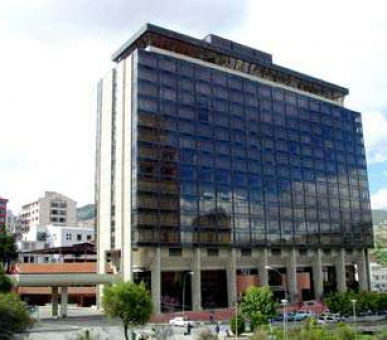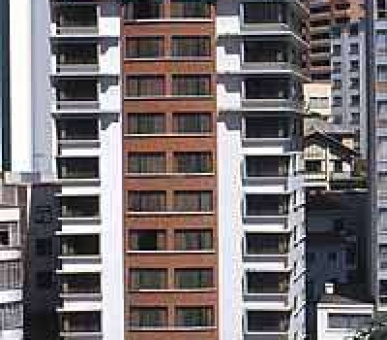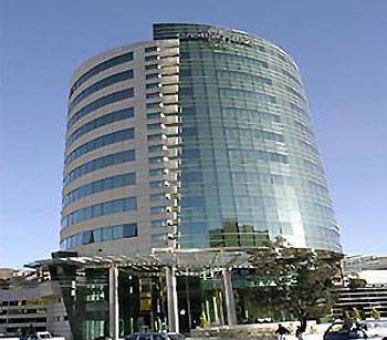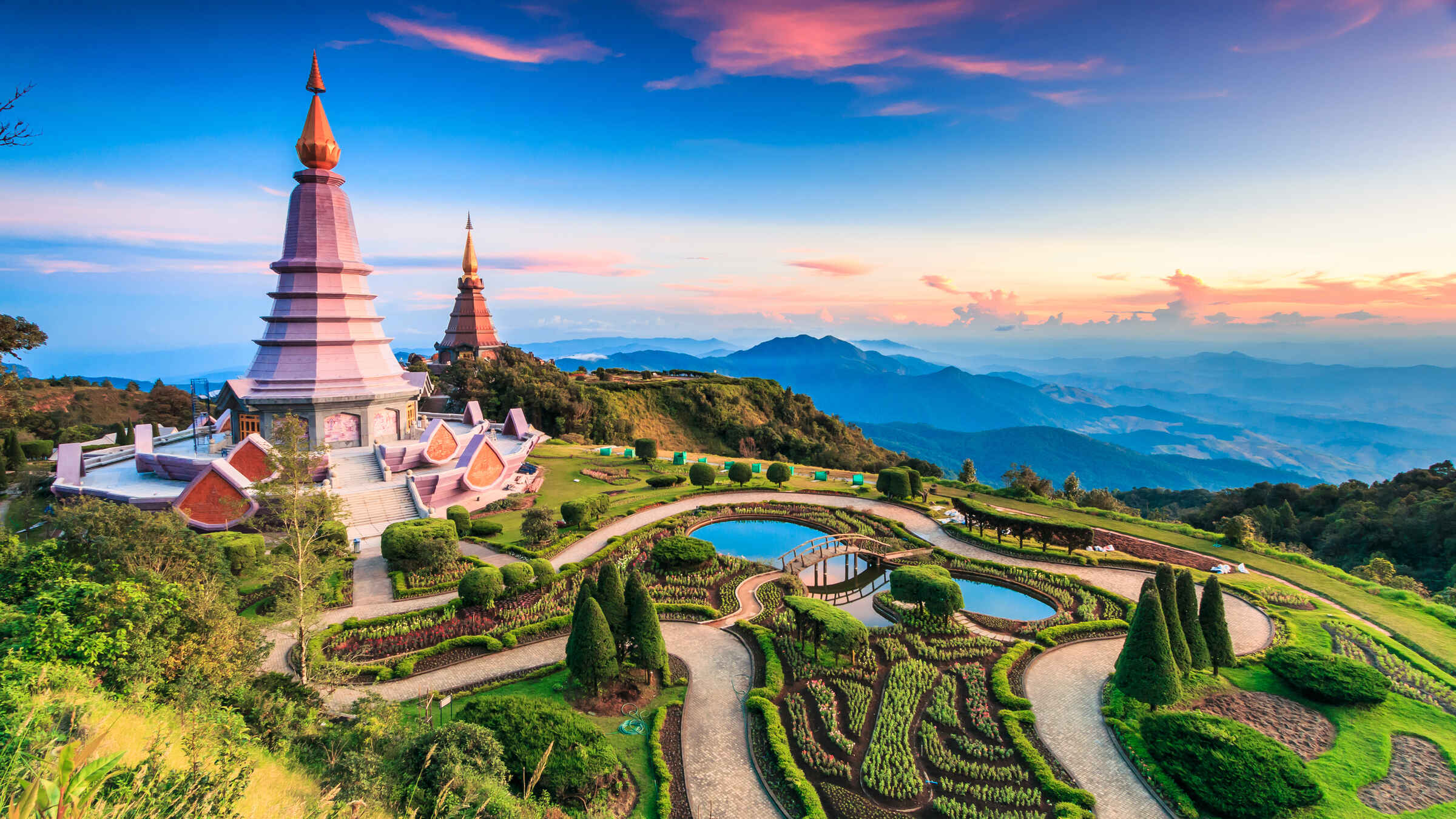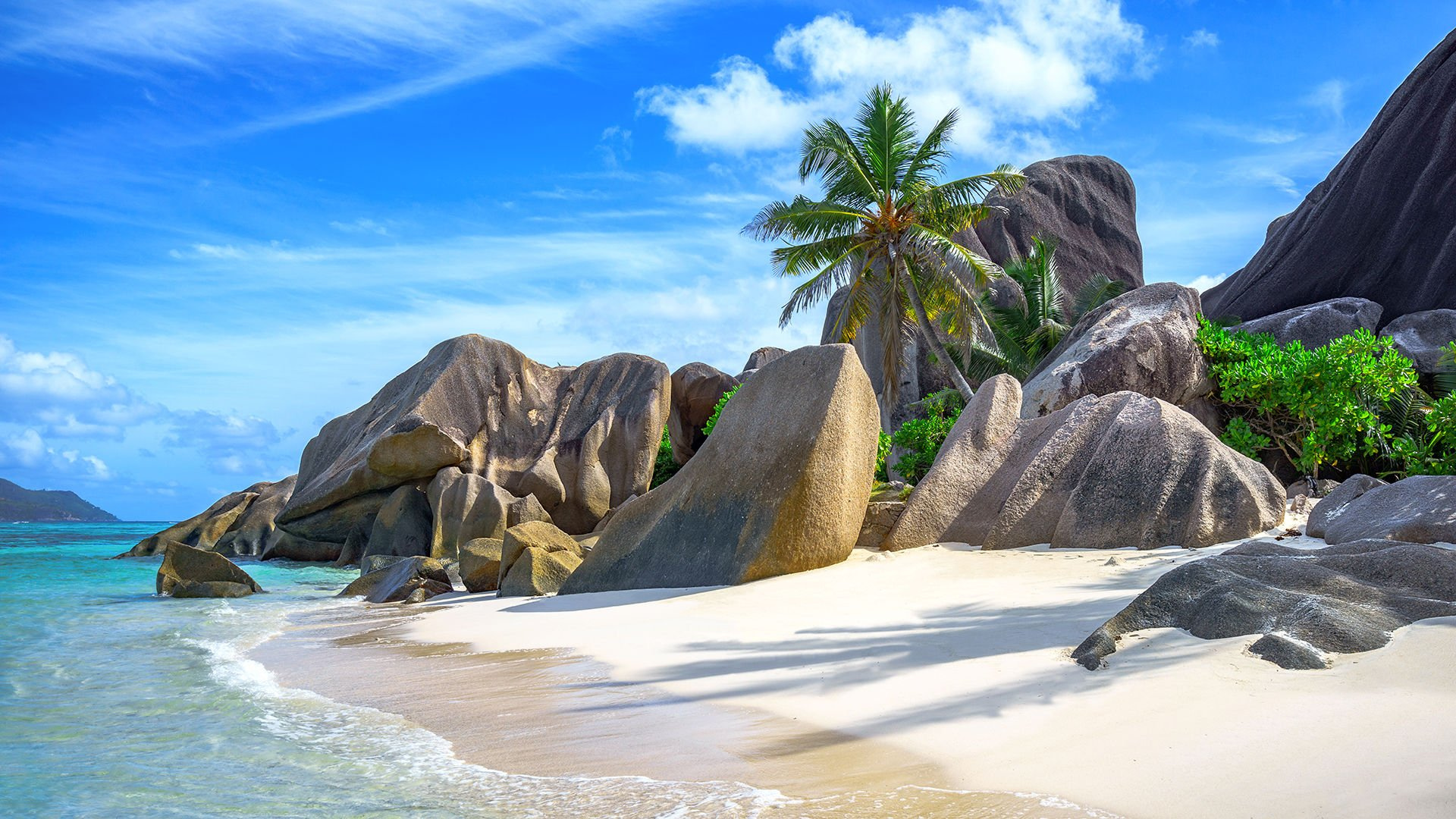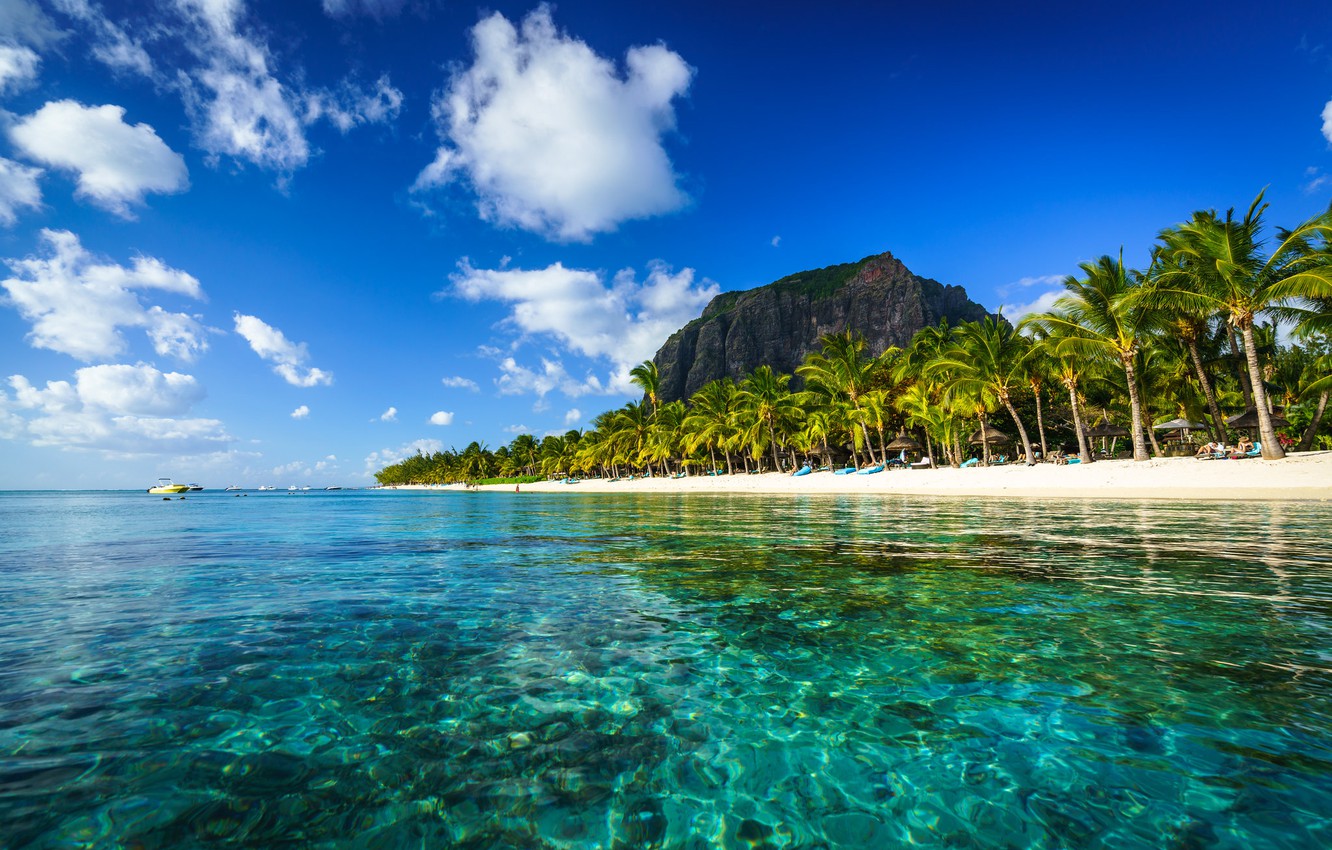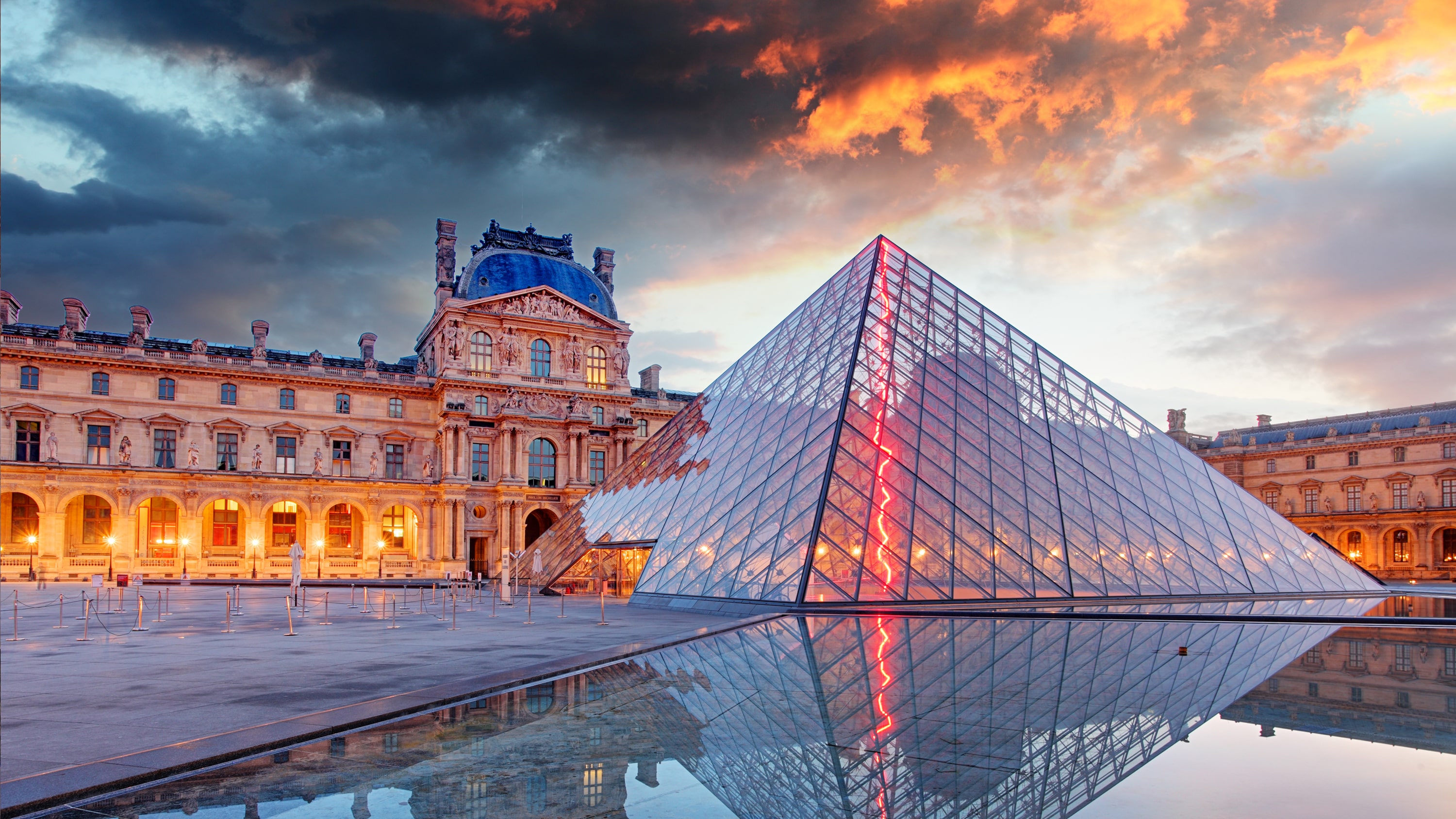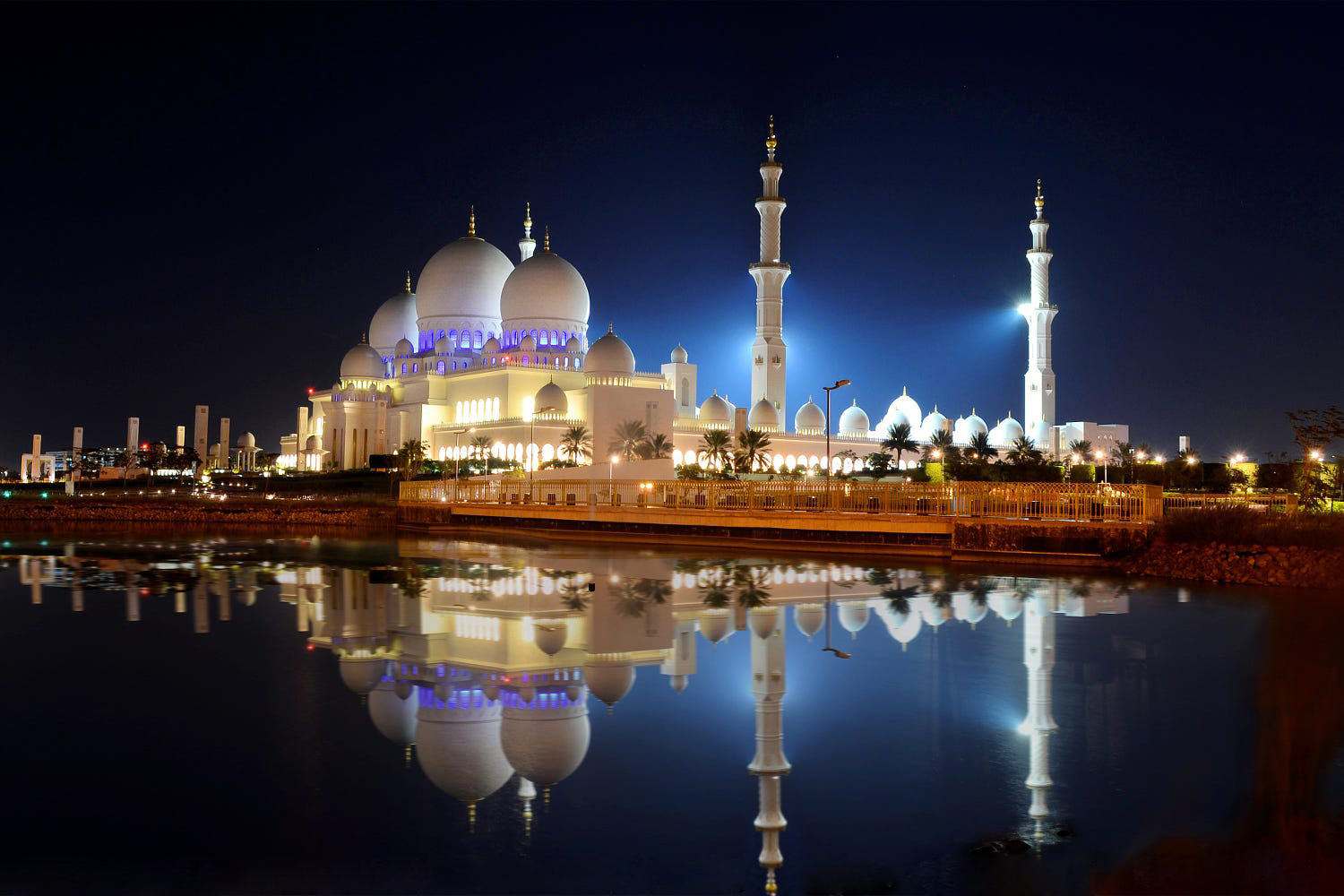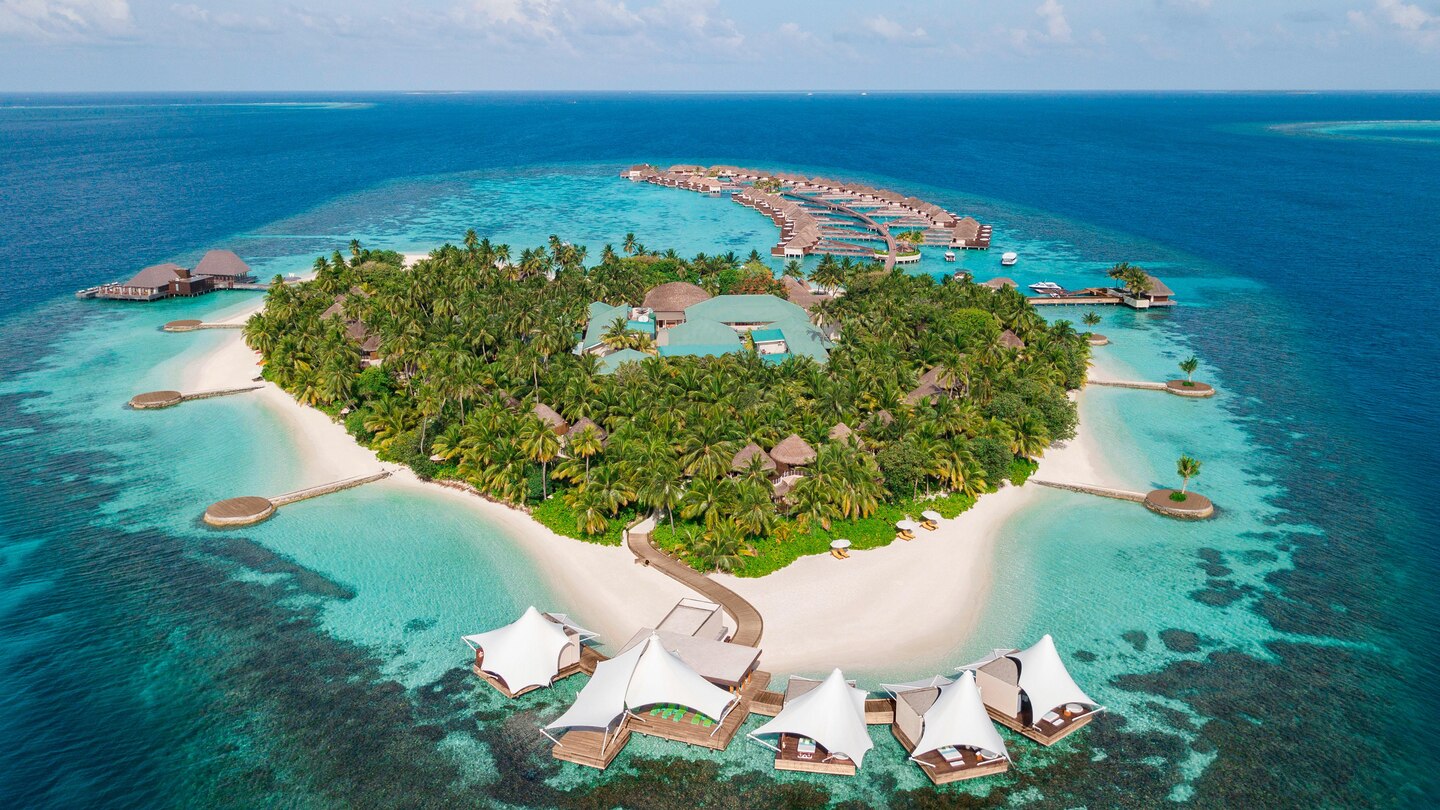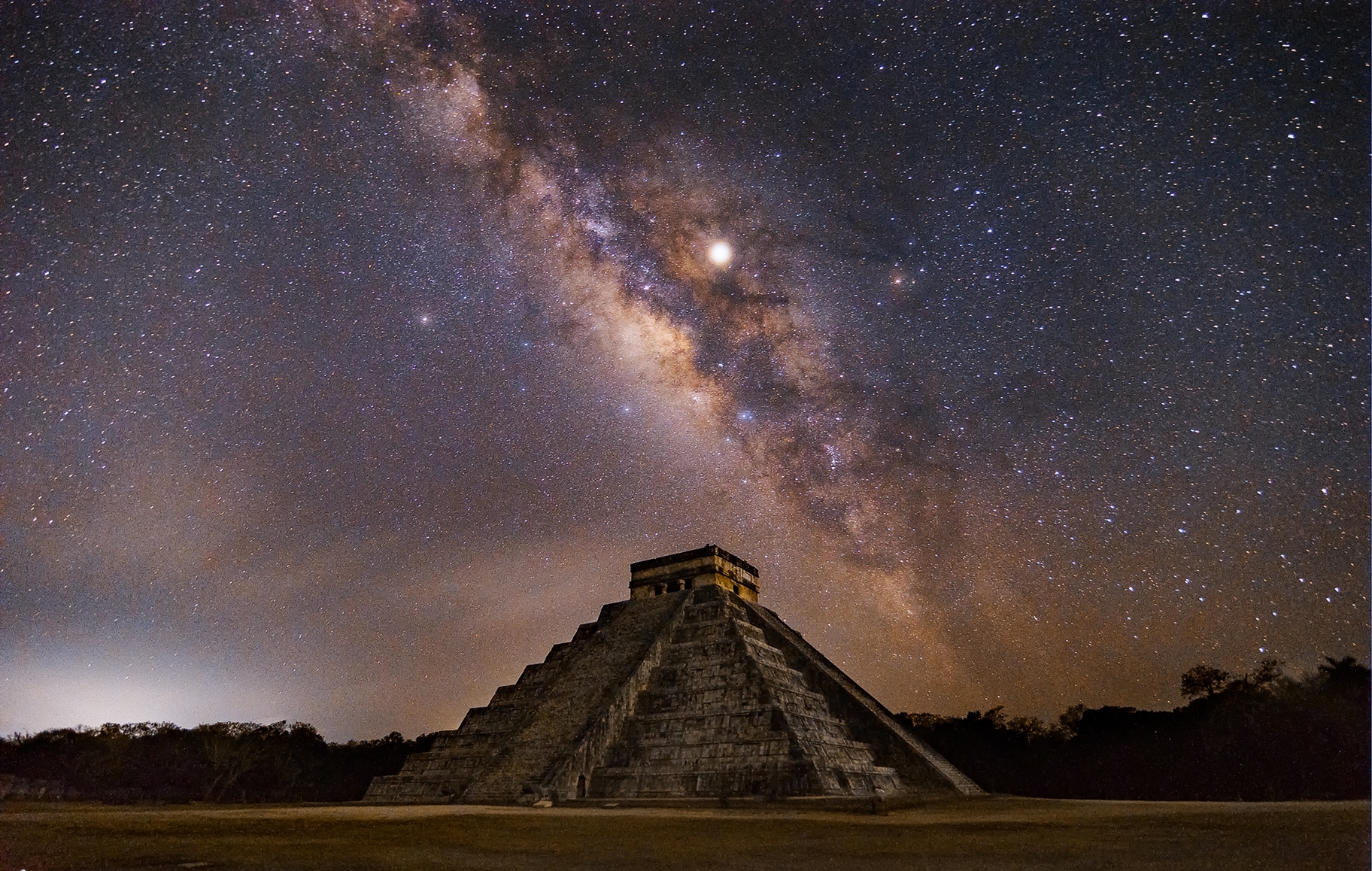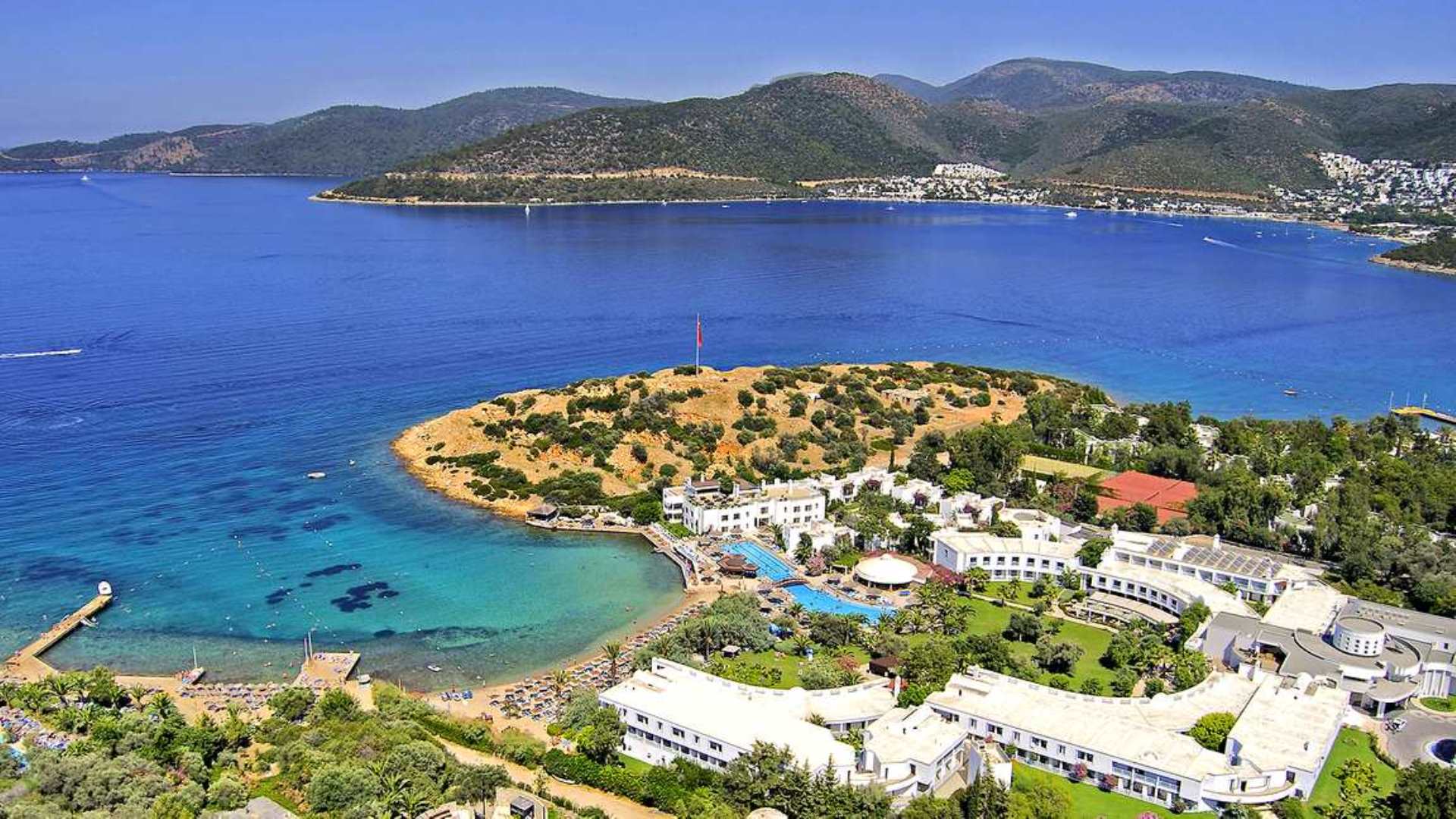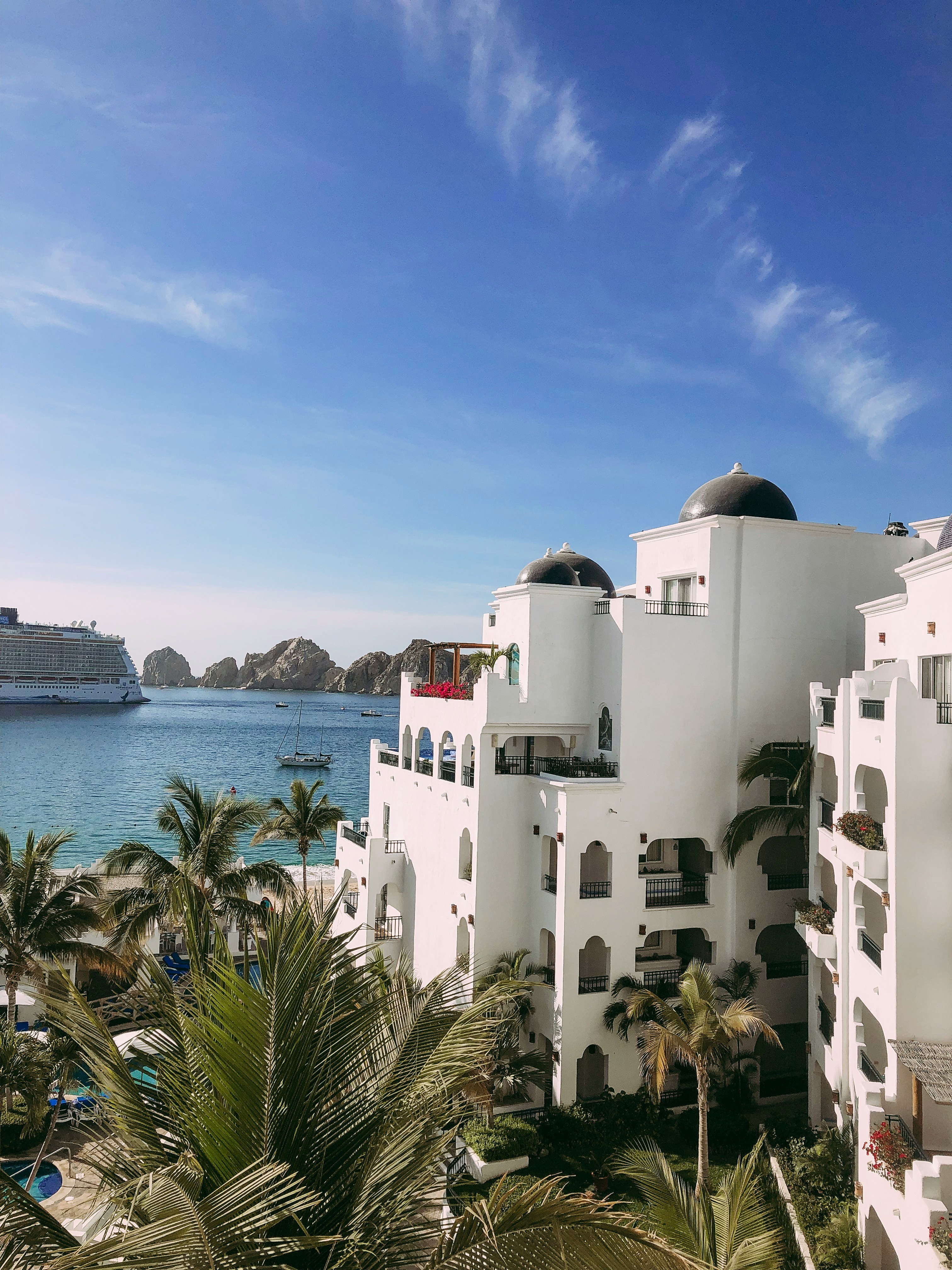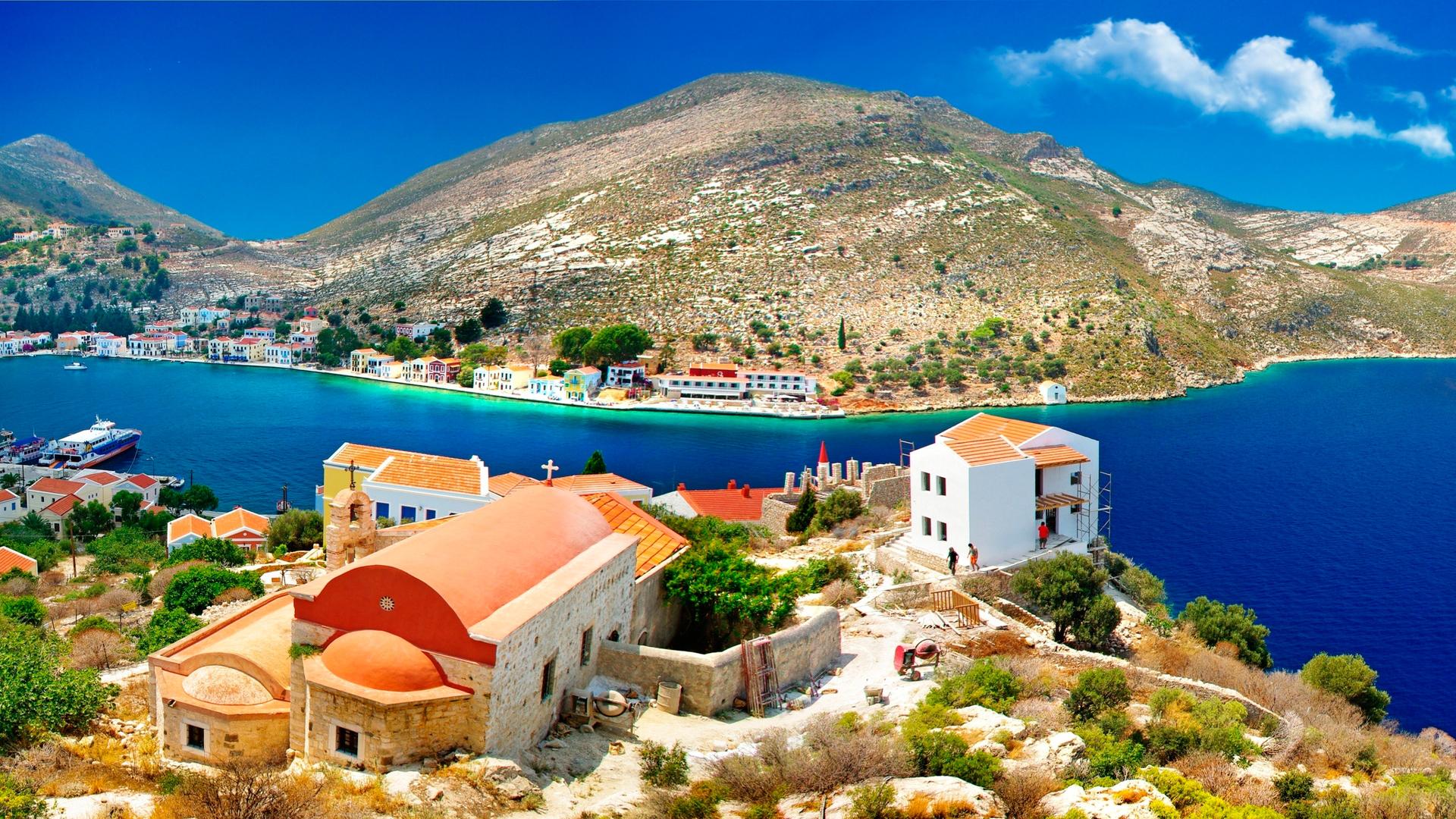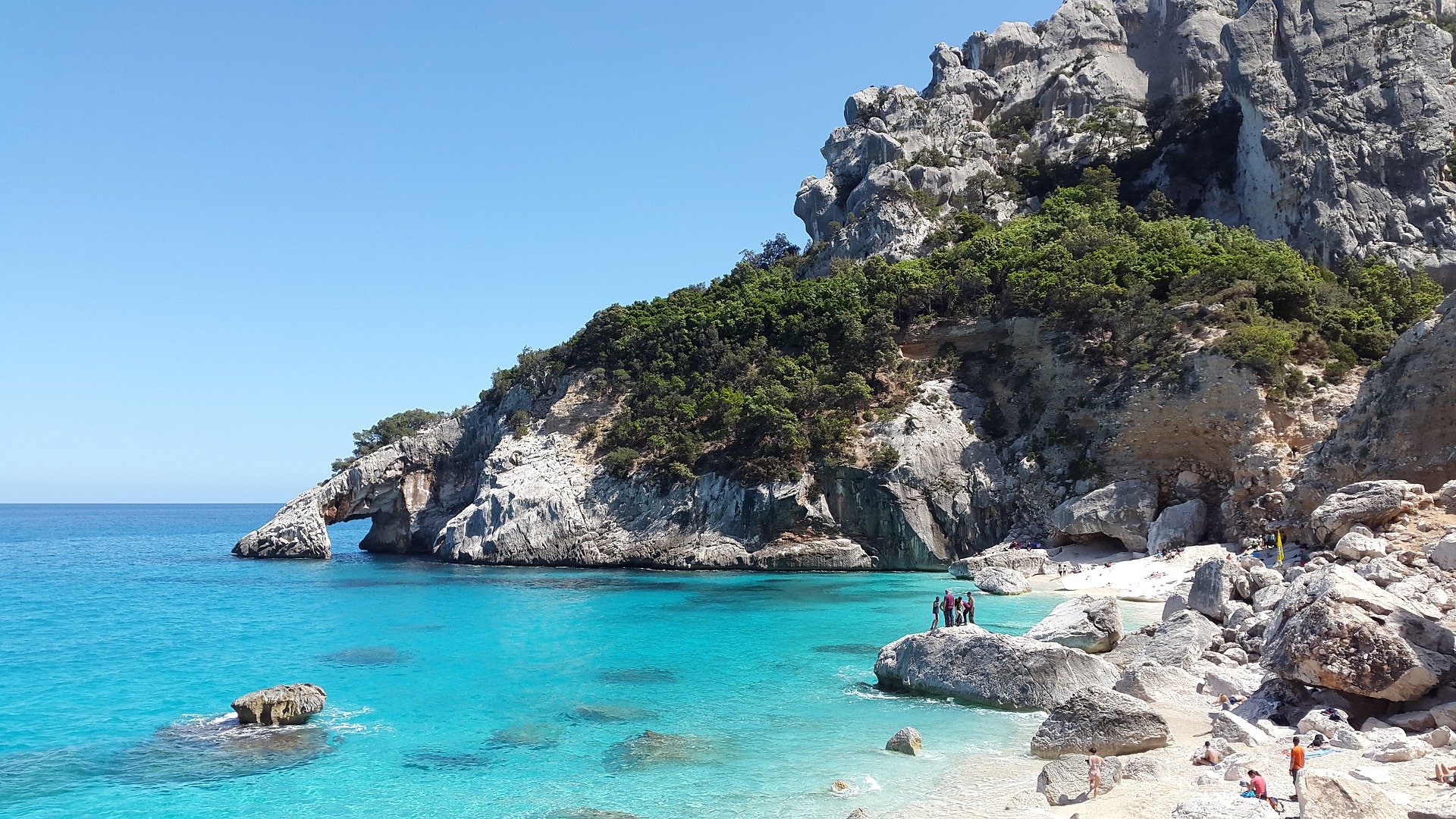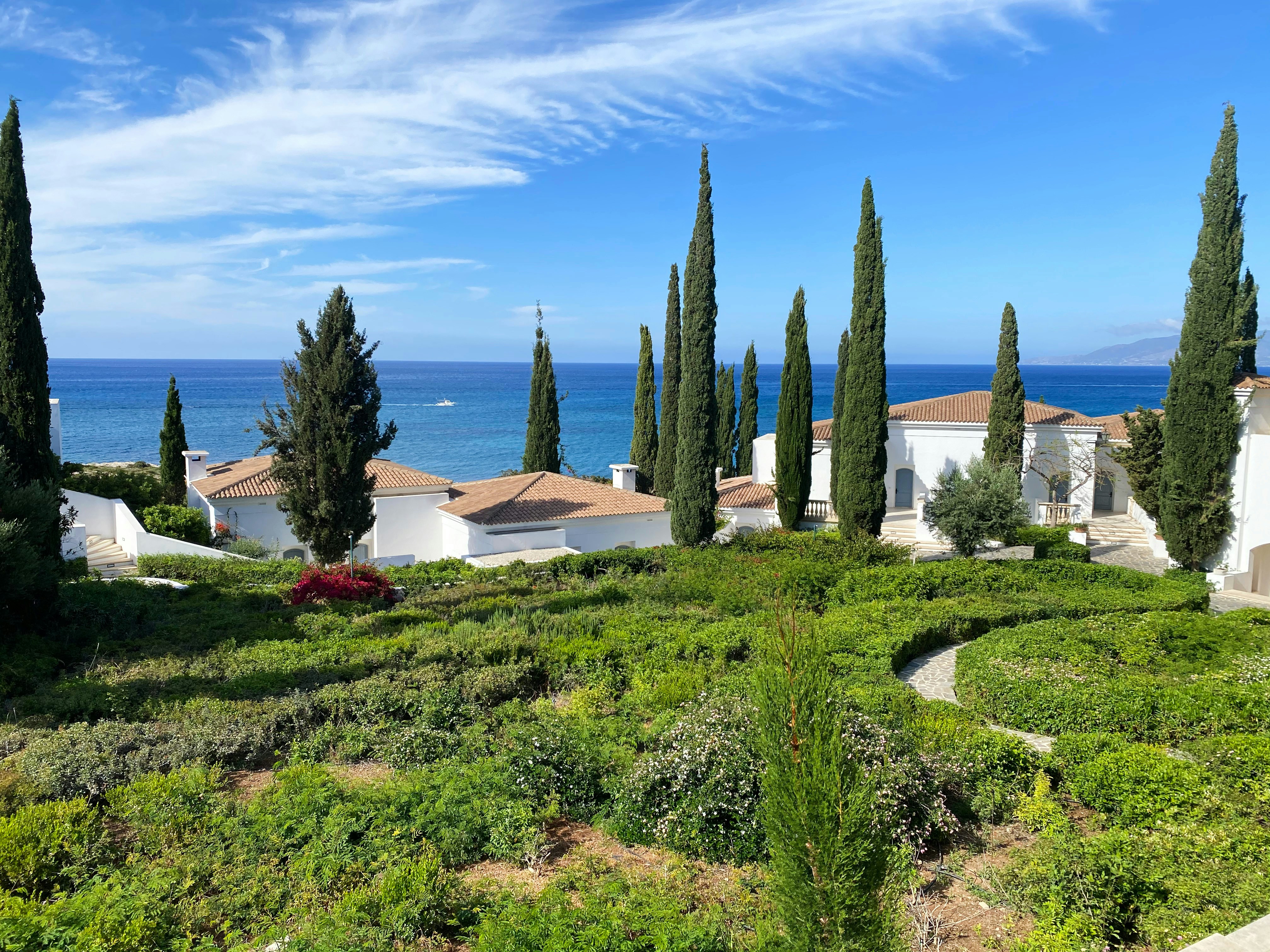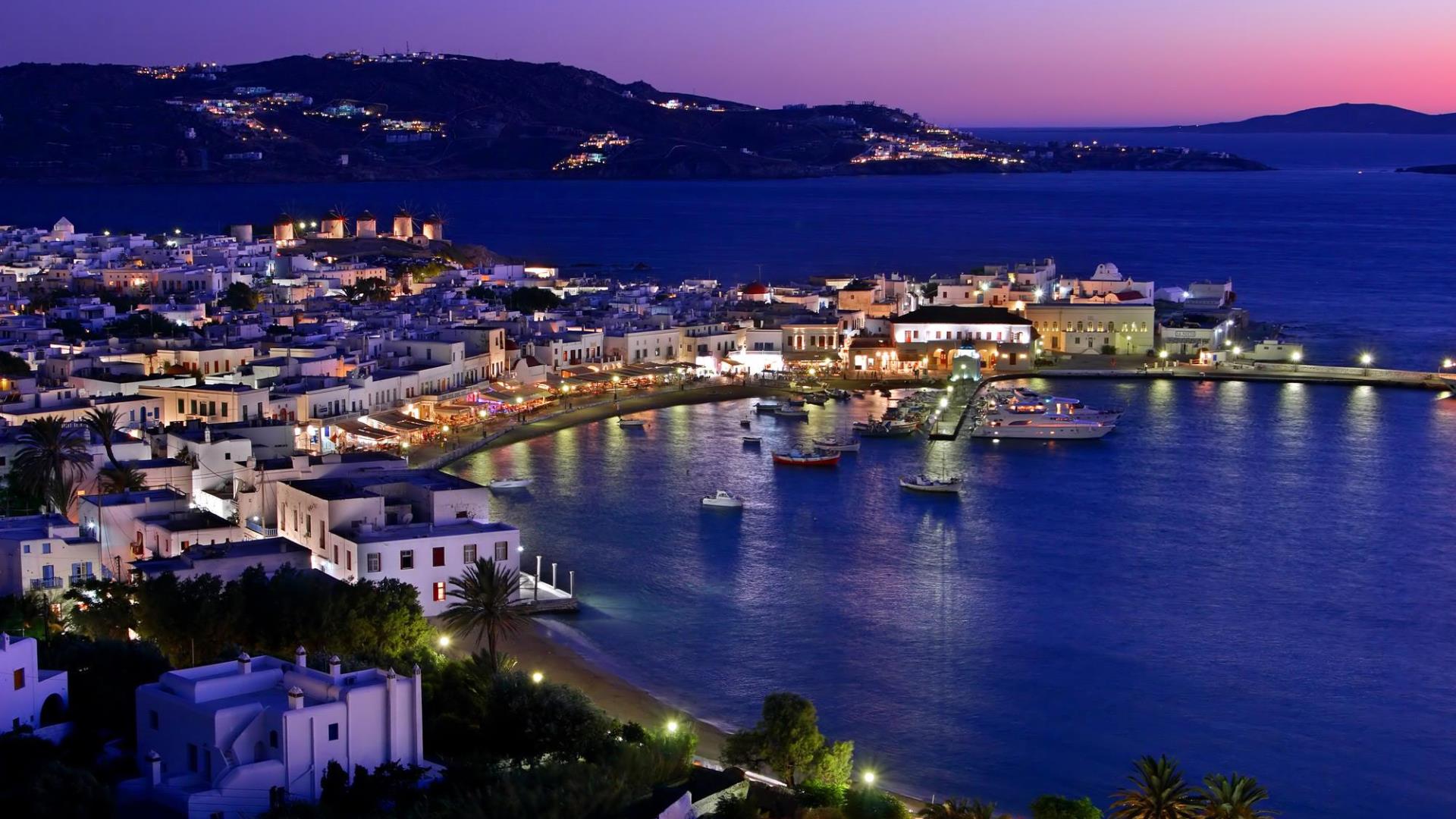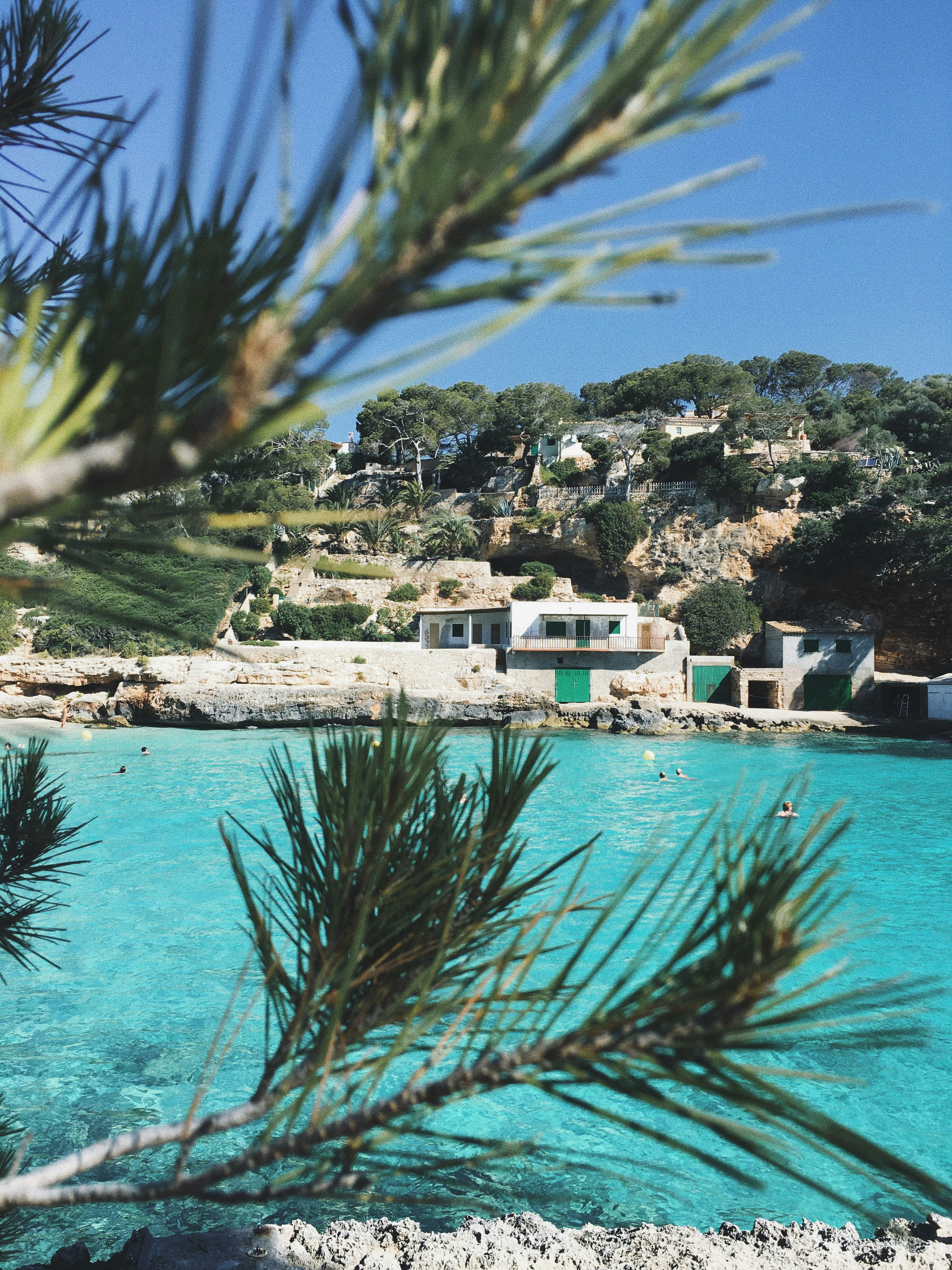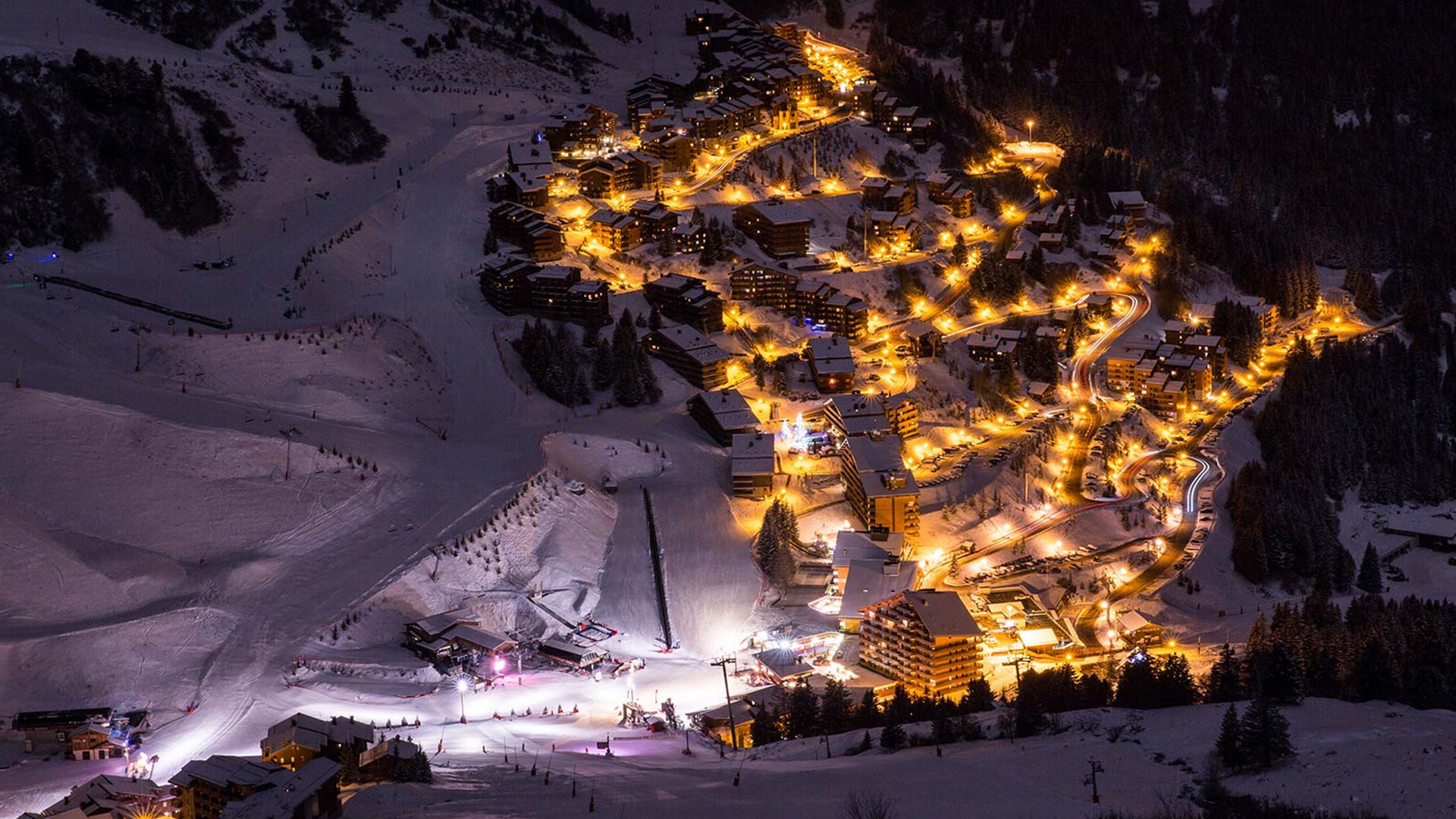Holidays in La Paz
La Paz is the political and commercial centre of Bolivia, the location of government institutions and the highest capital of the world.
It's one of South America's most original and beautiful cities. Today, three quarters of Bolivia ' s manufacturing industry is concentrated in La Paz. This is where coffee, cocoa, coca leaf, citrus, tin, zinc are exported. La Paz is a major railway hub linking Bolivia to the Pacific ports of Chile and Peru, as well as Argentina.
La Paz (in the peripheral sense of peace, peace) was founded in 1548 by Spanish Captain Alonso de Mendoza in order to reconcile the warlords of Francisco Pizarro and Diego de Almagro.
The city is 3,660 m above sea level. Adapting to height helps the tea from coca leaves. In the bottom of the valley, there is a historical centre and the area of San Francisco, from which both sides are divergent and steep upwards of powerful bricks and juice. The most prestigious residential areas at altitude 2,500 (Zon Sur)utope in greens and can be praised by interesting people.
The poorest Alta La Paz area is about 4,000 mm high. Of the majority of the La Paz areas, the snowed peak of Mount Ilimani, which is more than 6,000 mm high, is well visible.
The traditional centre of the city is Plasa Murillo, where the Presidential Palace is located. It's usually called the palace of Kemedo, or the Burden Palace, since it was built in 1850, the angry crowds of the people burned it twice. The surrounding street is one of the most vistas in the city. For example, Pedestrian Kale Haan, a bald bowler and a well-established colonial building.
La Paz's most attractive street life. There are always a lot of Bolivian women in bright multi-layer dresses and boilers. They sell blankets, nuts, greens, and for tourists, they'll always have wool scrollers with emblems that portray guanaco.
La Paz has a famous Mercado de Ecchikreria, or a Colombian market where older women sell magic to all life cases. You can buy a small bottle of butter and colorful pieces of tree that, depending on
I'll be able to make a difference in love, improve your material position or cure your diseases.Also, in many markets, the hippus statues of the Indian household of Ekeko are trading. This red, mocked mythological character always has any miniature items: grain bags, blankets or paper bags. According to Bolivians, Ekeko provides people with material well-being.

